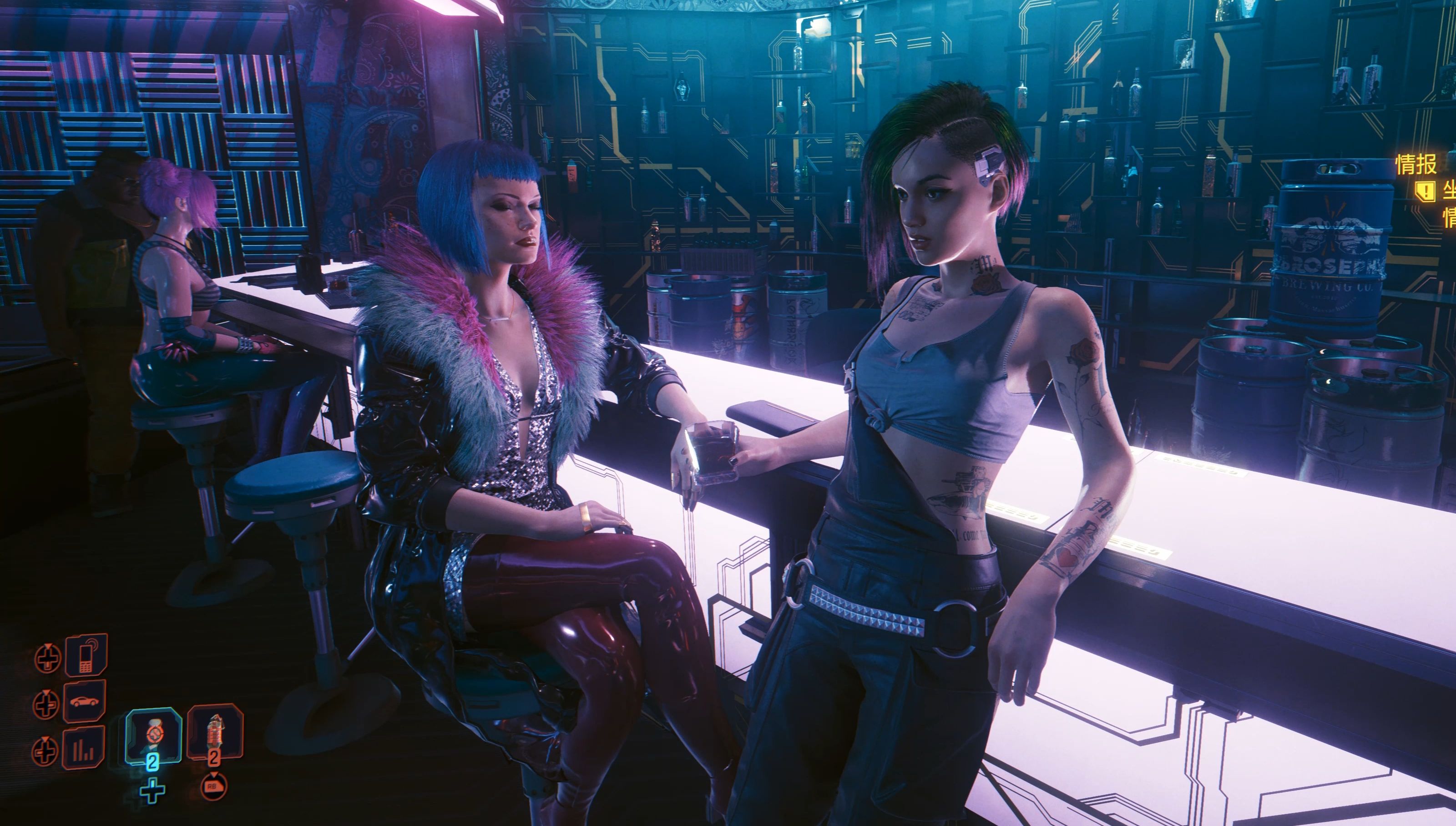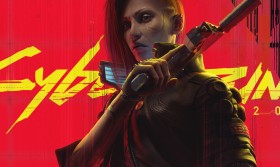Super Smash Bros. Ultimate Score: Crossover Excellence
Few games in history have achieved the sheer spectacle and ambition of Super Smash Bros. Ultimate. As the fifth installment in Nintendo’s beloved fighting franchise, Ultimate doesn’t just refine the formula—it perfects it, delivering a celebration of gaming history that transcends its genre. With an unrivaled roster, meticulously balanced gameplay, and an overwhelming amount of content, Super Smash Bros. Ultimate stands as a masterpiece of crossover excellence.
The Ultimate Roster: A Gaming Hall of Fame
At the heart of Super Smash Bros. Ultimate is its staggering roster of 89 fighters (including DLC), making it the largest crossover in video game history. From Nintendo icons like Mario, Link, and Pikachu to third-party legends such as Sonic, Mega Man, Cloud Strife, and even Sora from Kingdom Hearts, the game unites characters from nearly every major gaming franchise under one banner.

This diversity isn’t just for show—each fighter retains their unique playstyle, faithfully adapted from their original games. Whether it’s the nimble combos of Fox McCloud, the heavy-hitting power of Donkey Kong, or the strategic zoning of Simon Belmont, every character feels distinct. The inclusion of unexpected picks like Joker from Persona 5 and Steve from Minecraft further cements Ultimate as a love letter to gaming itself.
Gameplay: Accessible Yet Deep
Super Smash Bros. has always walked the fine line between casual party game and competitive fighter, and Ultimate strikes the perfect balance. The core mechanics—percentage-based damage, knockback, and ring-outs—remain simple enough for newcomers to grasp, yet the advanced techniques (short hops, perfect shielding, directional air dodges) provide endless depth for veterans.
The game also introduces several refinements:
- Faster Pacing: Compared to Smash 4, Ultimate speeds up movement and reduces defensive options, rewarding aggressive play.
- Directional Air Dodges: A return to Melee-style dodging adds risk-reward dynamics off-stage.
- Final Smash Meter: An optional meter allows weaker, but more frequent, Final Smashes, adding another layer of strategy.
These changes make Ultimate the most mechanically polished Smash game to date, appealing to both casual players and the esports scene.
Content Overload: A Single-Player Wonder
Beyond multiplayer mayhem, Ultimate offers an absurd amount of single-player content. The most notable is World of Light, an adventure mode where players guide Kirby (the sole survivor of a universe-ending attack) through a sprawling map, rescuing fighters turned into puppets by the enigmatic Galeem and Dharkon. While the mode can feel repetitive at times, its sheer scale—over 600 battles, many with unique gimmicks—makes it a massive undertaking.
Other modes include:
- Classic Mode: Each fighter gets a tailored series of battles culminating in a boss fight.
- Spirits: A collectible system where players equip "Spirits" (characters and items from various games) to enhance their fighters’ stats.
- Home-Run Contest, Multi-Man Smash, and More: Classic Smash challenges return with fresh twists.
The Spirits system, in particular, is a stroke of genius. By representing non-playable characters as equippable buffs (e.g., a Knuckles Spirit boosting fist attacks), Ultimate pays homage to hundreds of obscure and beloved franchises.
Presentation: A Feast for the Senses
Visually, Ultimate is a triumph. Every stage, character, and effect pops with vibrant detail, running at a rock-solid 60 FPS even in handheld mode. The soundtrack is nothing short of legendary, with over 1,000 tracks spanning decades of gaming history. From orchestral remixes of Zelda themes to hard-rock renditions of Castlevania tunes, the music alone is worth the price of admission.
The attention to detail extends to animations and Easter eggs. Little touches—like Ryu and Ken adhering to Street Fighter inputs, or Snake’s Codec conversations—show the developers’ passion for every included franchise.
Competitive Scene: The Ultimate Esport
Since its release, Ultimate has become a staple of the fighting game community (FGC). Tournaments like EVO and Smash World Tour draw thousands of competitors, showcasing the game’s depth and balance. While not as technically demanding as Melee, Ultimate offers enough complexity to keep high-level play thrilling.
The introduction of online tournaments and improved (though still imperfect) netcode has helped sustain the competitive scene. Balance patches have also kept the meta fresh, ensuring no single character dominates indefinitely.
DLC: The Icing on the Cake
The Fighters Passes added 12 new characters, each bringing a stage and music tracks. These DLC picks were bold:
- Joker (Persona 5) introduced a unique Rebellion Gauge mechanic.
- Banjo & Kazooie fulfilled decades of fan requests.
- Terry Bogard (Fatal Fury) brought King of Fighters-style inputs.
- Steve (Minecraft) completely altered the game’s physics with building mechanics.
- Sora (Kingdom Hearts) was the dream finale, uniting Disney and Square Enix in Smash.
Each addition expanded Ultimate’s crossover appeal, proving that no franchise is off-limits.
Conclusion: The Definitive Crossover
Super Smash Bros. Ultimate is more than a game—it’s a cultural phenomenon. By blending flawless gameplay, an unparalleled roster, and an overwhelming amount of content, it stands as the pinnacle of crossover entertainment. Whether you’re a casual player button-mashing with friends or a pro competing in tournaments, Ultimate delivers an experience unlike any other.
In the pantheon of gaming greats, Super Smash Bros. Ultimate earns its title: it truly is the ultimate.
















